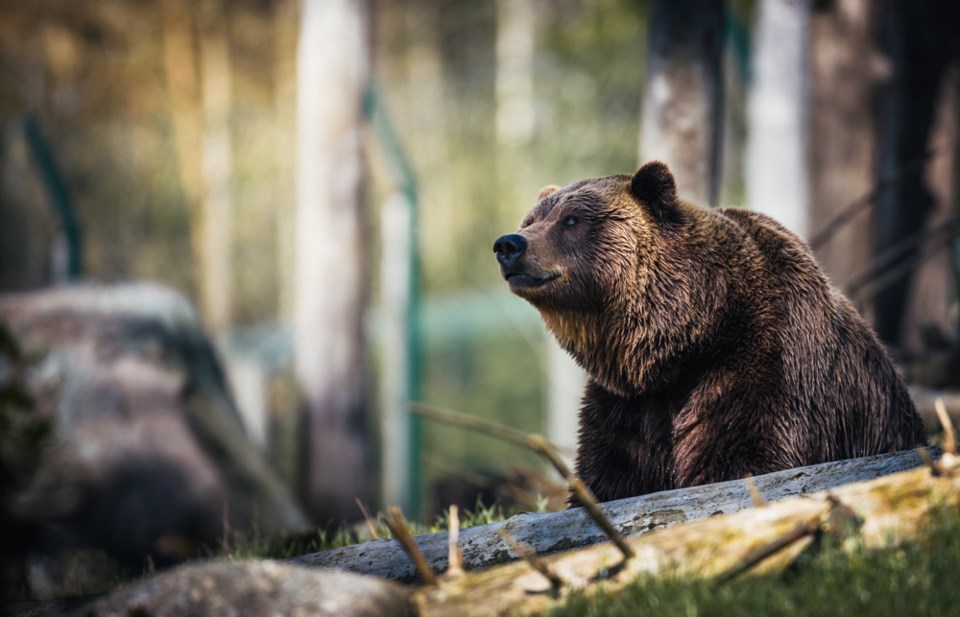The time to protect wildlife corridors in Squamish is now, one local advocate told municipal council during its May 14 meeting.
“Our approach would be to start with the low-hanging fruit,” said Jo-Anna Gorton, a Squamish resident who was lobbying council for protections during the gathering.
“We’ve developed these [wildlife corridor] maps based on a lot of different conversations with people in the community. And so I would urge you to commit resources to studying these, and, potentially, the broader region, in the upcoming 2020 budget.”
She also asked that council consider a bylaw requiring developers building on uninhabited land to assess for potential wildlife corridors and conserve them.
Wildlife corridors in town are still relatively unfragmented, which means this is a good time to start implementing protections, Gorton said.
“In Squamish, it’s about protection of existing or what we believe to be corridors, rather than trying to build overpasses connecting habitat that’s already fragmented.” she said.
“So we have a pretty unique opportunity to do it in a really low and cost-effective way.”
Gorton also noted the findings from the province’s recent Howe Sound Cumulative Effects Project show mixed conditions for grizzlies, elk and marmots.
She also called on the District to protect wildlife corridors and survey more land so authorities will know which places are best to protect.
A regional, rather than a piecemeal approach is needed to address this issue, Gorton said.
Coun. Jenna Stoner said she liked the idea, but raised the concern that the District has limited jurisdiction in the area.
The town’s boundaries — and therefore its authority — is limited, Stoner said, so the District probably isn’t the best organization to take the lead on this issue.
“We only can reach so far,” she said. “And so to then take that on and lead that is a little bit of a disconnect there, because at the end of the day, we’re not necessarily the final decision-makers.”
Councillors suggested perhaps taking the issue up with the regional district or the province.
However, Gorton said there are areas the District could already start working on, because they fall within the town’s boundaries.
“Because that’s in your growth area and you have a lot of community information… you [can] focus there,” said Gorton.
Regional areas can be taken care of afterward, she said.
“There are things within city limits that should happen relatively quickly,” Gorton added.
She also added that if the District doesn’t take the lead, there’s a danger that this issue will get ignored.
The municipality could at least help get other levels of government involved in the process, Gorton said.
Acting mayor Doug Race noted that much development will be concentrated within the Official Community Plan’s growth boundaries, which could help stop construction from spilling over into untouched forest.
He wondered if there were places to be considered within already-developed areas.
“There’s a few in a really dense area,” replied Gorton. “For example, Smoke Bluffs Park to Dentville along the Britannia slough, there was some ideas about fencing, and just making sure there are corridors across because we are getting, you know, high risk like the elk populations try to get to town.”
District planner Sarah McJannet said every time sub-area plans are created, there’s a chance to map out possible wildlife corridors.
McJannet also said other authorities such as First Nations and the province should be at the table when figuring out the work.
She added the District has already met with the province on the matter.
Furthermore, a Quest University researcher is doing a three-year study in the Shannon basin using remote motion-sensing wildlife cameras to track animals’ movements, McJannet said.
Sharing information from all these sources can help the process along, she added.
Coun. Chris Pettingill asked if it would be best to simply dole out money to civic groups or academics and let them take care of the work.
McJannet said it would be better for the District to collaborate and noted that regardless, it would take up municipal staff time to integrate the project with land-use planning.
The next step, she said, would be for municipal staff to examine how the District can get involved in the project.
Staff will be bringing back several options for councillors to consider in the future.



